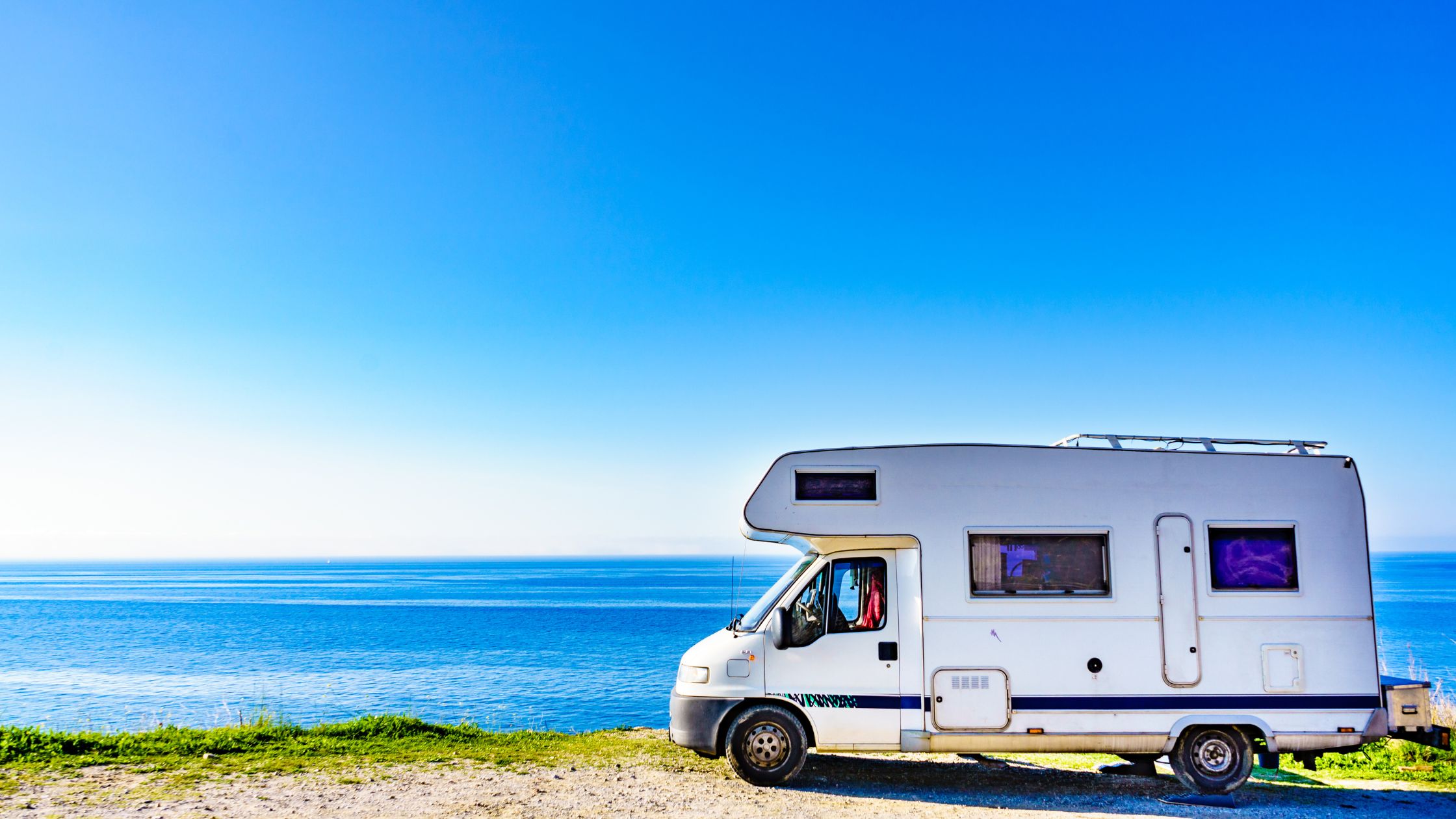
Camping is the perfect way to go out, explore nature and spend time with friends and family, so no one wants a bad camping experience. The best way to ensure everyone is having fun on your next camping trip is to ensure everyone has the right equipment, including suitable layers, fleece jackets and rain jackets, and a high-quality sleeping bag.
Equipment is crucial to your comfort and safety while you’re out in nature. Waterproof tents for camping are at the top of the list of things to secure before heading on your next camping trip to protect your belongings, electronics and other valuables from potential weather issues.
This post discusses waterproof camping tents and how you can maintain their state.
How to know if the tent is waterproof?
Several tents are comfortable and durable even in severe weather conditions. Tent waterproofing, like rain jackets and anything else with a waterproof cover, may wear out over the years. And leaks can surprise you because you usually don’t notice them until you wake up in a puddle during a storm.
The canvas is not always waterproof without proper treatment. Most discover this the hard way after the water has already damaged your books, clothes, laptop and other essential items from leaks and inadequate waterproofing.
Most have sufficient protection for the tent covers. Fabrics, upholstery, floor, and seams should be waterproof for tents individually. Many things related to waterproofing tents are primarily in their selection. And not everything is as black and white as everyone thinks. Instead, there is a single scale or range for the tent’s waterproof, referring to how much water pressure the walls or floor of the tent can withstand before the water enters, measured in millimetres.
How to choose waterproof tents?

Let’s start from the beginning with the construction of the tent. Fabric lining is key to maintaining water resistance, but it wears out over time. Create thicker layers to remain waterproof. A waterproof rating is probably the best indicator of this.
Here are some of the waterproof for tents considerations:
1. Hydrostatic Head
The ability of a material to repel water is measured relative to its hydrostatic head, which is the theoretical ability to withstand water pressure, measured in millimetres, without allowing water to enter it. Virtually all tents have a hydrostatic head measurement of at least 1,500 mm, above the minimum of 1,000 mm, which is required to determine whether the tent is waterproof. If 3,000 mm or more, the tent should be comfortable and waterproof regardless of weather conditions.
In simple terms, the higher the HH rating, the more waterproof tents for camping will be, although you should still consider some other weaknesses that may occur in tents, such as seams or zippers, where lids are necessary to stop water from entering.
2. Tent Seams
Most waterproof camping tents now have factory-taped seams, where you can find several pegs. They do not need to allow water entry but using the seam sealant before the first use is a good idea. You can not leave much time to dry before re-packing the tent.
Any water that adheres to the tent’s seams is sure to be during the condensation of the air, reduced to a minimum by maintaining the tent’s good ventilation.
3. Materials
Polyester was once the material most commonly used to make tents but has now been greatly improved by treating and combining it with other materials, all to repel mould and make it UV resistant. Nowadays, manufacturers make enormous tents with synthetic materials.
Productions don’t use canvas like before; in recent years, top tents have utilised artificial materials. Good quality fibreglass feet are delicate, but they are an announcement of the cheapest, which will already start to crack after prolonged folding.
How can you prevent water from entering your tent?

The tent waterproofing process may be simple, but the overall endeavour is challenging, especially when you are outdoors. Sometimes there is no good place to set up your tent, or you may not have enough rope to show your masculine strength.
These steps can help your tent stay dry even during a storm:
- Get a tent with an HH Rating greater than 3,000 mm.
- Pitch the tent on a higher slope away from possible water runoff spots.
- Stretch out all of the anchor points.
- Tape or seal all seams.
- Coat your tent from time to time.
There’s no substitute for ample preparation, so you can do water tests before packing for your camping trip.
How long do tents stay waterproof?

Typical waterproof camping tents will remain completely watertight for one to two years, after which you must reapply the treatment. However, the durability depends significantly on the weather, the tent quality and general maintenance efforts. It helps to choose the best tents in the first place and know how to maintain their water resistance.



